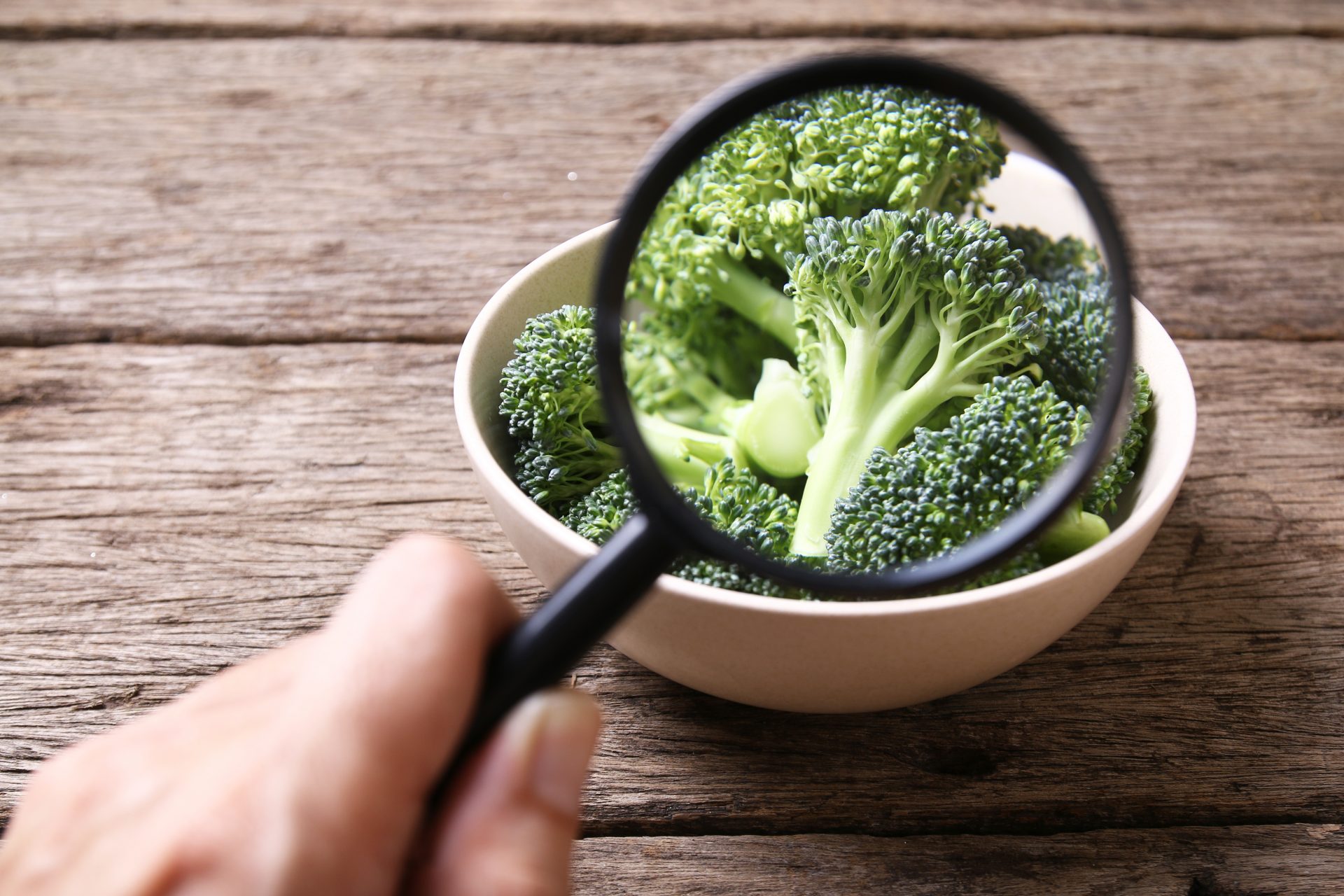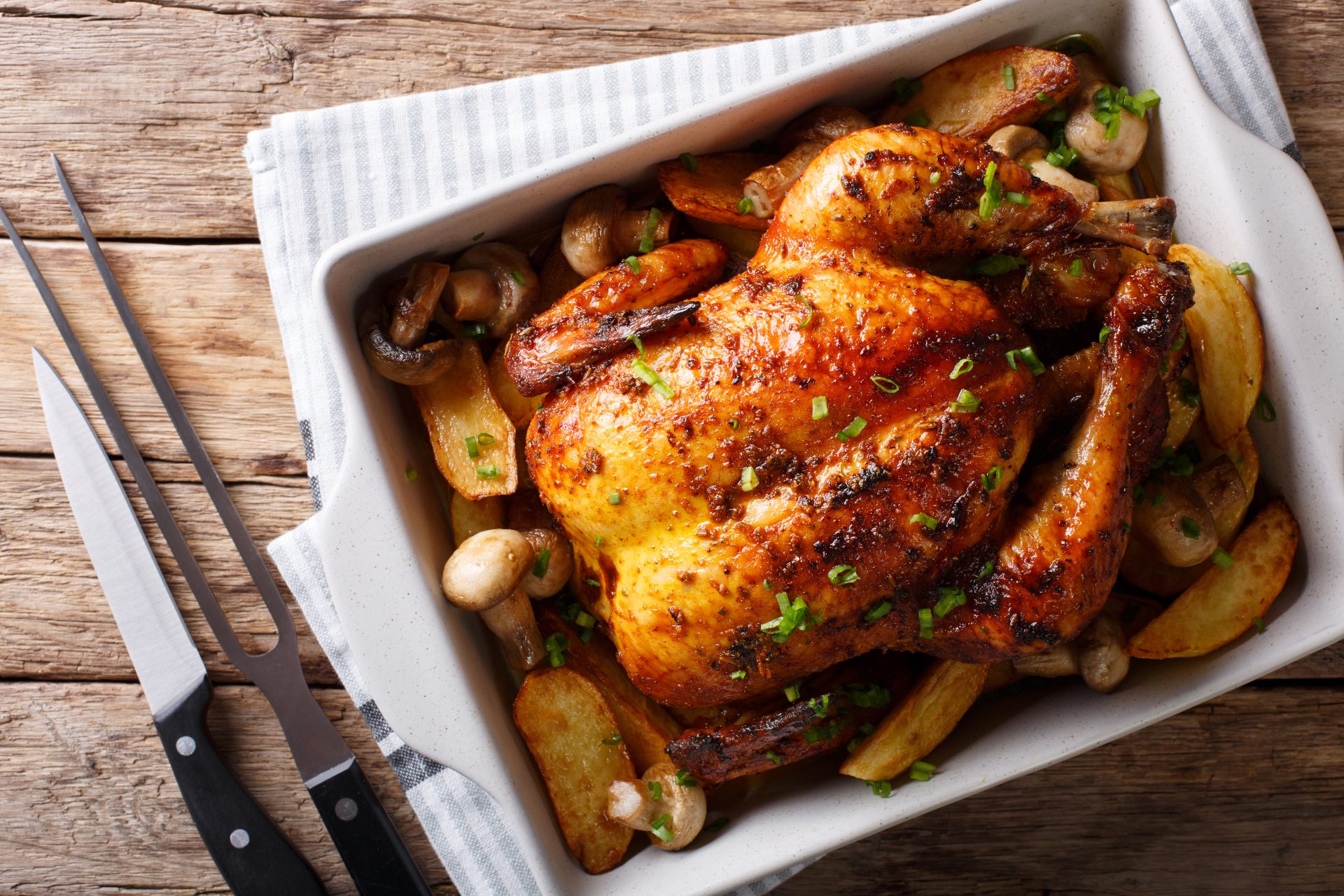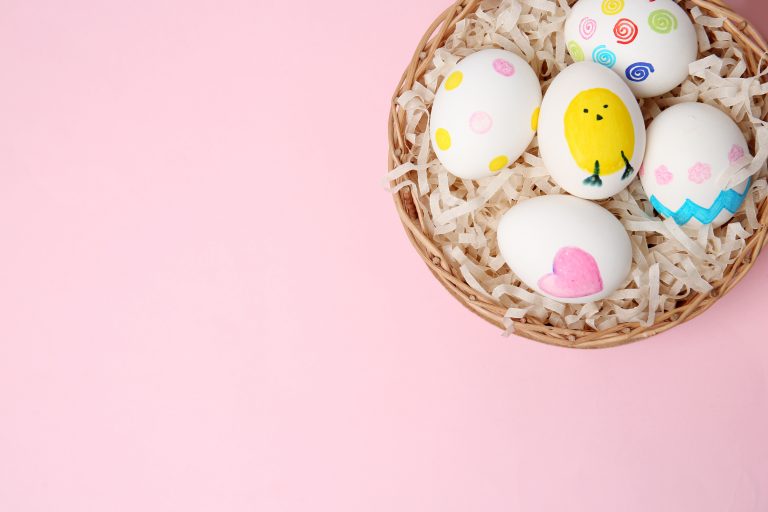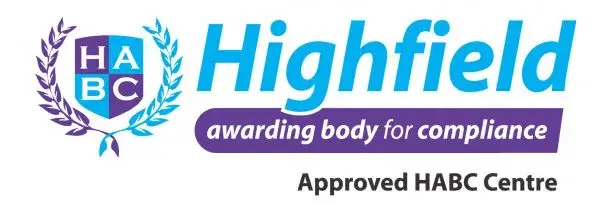I think we can all agree, much of Easter is centred on food! Whether that be scavenging for chocolate on an Easter egg hunt, melting butter on toasted hot cross buns or eagerly awaiting a roast dinner over the extended weekend. However, while we all look forward to indulging in food over the bank holiday it is also important to note with more food preparation occurring at home can also increase the potential risk of food poisoning and unsafe food practices taking place. Food Safety at home is more important than ever before.
Before Easter approaches, Buddy wants to share some top tips on how to prepare, cook and store food correctly to minimise the risk of food poisoning, including E.Coli. Our top tips can be implemented in your kitchen at home over the Easter weekend and beyond to keep your families and loved ones safe and your food safety at home is up to scratch.
Cooking At Home: Wash Your Hands
First and foremost, it is imperative to wash your hands thoroughly with soap and water (warm or cold) and dry them:
- before handling food
- after handling raw food – including meat, fish, eggs and vegetables
- after touching the bin, going to the toilet, blowing your nose or touching animals (including pets)

Do I Have To Wash Fruit And Vegetables Before Eating?
Bacteria can get onto fruit and vegetables in several ways. They may be present in water used for irrigation, organic fertilisers, animal droppings from the fields before being picked, and if supplied to the consumer loose they may have been handled by other shoppers before purchase. Buddy advises you need to wash fruit and vegetables under cold running water before you eat them. This helps remove visible dirt and germs that may be on the surface. Peeling or cooking fruit and vegetables can also remove these germs.
Never use washing-up liquid or other household cleaning products to clean fruit and vegetables. These products are not intended for human consumption and you may accidentally leave some on the food.

How to Store Meat Safely at Home
Raw meat, including poultry, can contain harmful bacteria which spreads easily to anything it touches. This may include items such as other food, worktops, tables, chopping boards, and kitchen utensils in your home kitchen.
With this in mind, take particular care to keep raw food separate from ready-to-eat foods such as bread, salad and fruit. As these types of foods will not be cooked before you serve them, if any germs do get on to them they will not be killed.
To ensure good food hygiene always:
- Colour Code: Use different chopping boards for raw and ready-to-eat foods
- Store raw meat and fish in a sealed container on the bottom shelf of the fridge separate from ready to eat foods
- Worktop/Cupboard Storage– add additional measures such as a bread bin for baked goods which do not need to be in the fridge.
How to Cook Meat Safely at Home
Cooking food at the right temperature is crucial to ensure you have killed any harmful bacteria. Always check that food’s steaming hot throughout before you eat it.
TOP TIP: Buddy recommends taking our Level 1 Food Safety Course which is a suitable guide to food safety practice for home cooks. CLICK HERE
These meats need to be cooked thoroughly before eating:
- poultry
- pork
- offal, including liver
- burgers
- sausages
- rolled joints of meat
- kebabs
How Do You Know If You Have Cooked Pork Properly?
Pork joints and rolled joints should not be eaten pink or rare. To check when these types of joint are ready to eat, put a skewer into the centre of the meat and check there’s no pink meat and the juices run clear.
Can you Consume Rare Beef or Lamb?
It’s safe to serve steak and other whole cuts of beef and lamb rare (not cooked in the middle) or blue (seared on the outside) as long as they have been properly sealed by cooking them quickly at a high temperature and are cooked on the outside. Bacteria is usually only found on the outer surfaces of these types of meat.
When are Burgers or Sausages safe to eat?
The NHS website advises when cooking burgers, sausages, chicken and pork, cut into the middle to check that the meat’s no longer pink, the juices run clear and it’s steaming hot throughout.
When is Chicken Safe to Eat?
When cooking a whole chicken or bird, the best way to tell if it is safe to eat is to pierce the thickest part of the leg (between the drumstick and the thigh) to check there’s no pink meat and the juices are no longer pink or red. Meat packaging will often give cooking instructions based on the type and weight of the meat however we would also advise using the BBC Good Food Roasting Timer to work out cooking times.

What is Acrylamide?
Acrylamide is a natural by-product of the cooking process and has always been present in our food. It is a chemical substance formed when starchy foods, such as potatoes and bread, are cooked at high temperatures (above 120°C). It can be formed when foods are:
- baked
- fried
- grilled
- toasted
- roasted
Research has shown lots of acrylamide in diets has the potential to cause cancer. It is recommended that the amount of acrylamide we all consume is reduced, as a precautionary measure.
What Foods Can Acrylamide Be Found In?
Most commonly, acrylamide will be found in in a wide range of foods including food types such as:
- roasted potatoes and root vegetables
- chips
- crisps
- toast
- cakes
- biscuits
- cereals
- coffee
The FSA (Food Standard Agency) have shared some advice on how best to reduce your consumption of acrylamide when preparing food at home. They have advised the following:
- Aim for a golden yellow colour or lighter when frying, baking, toasting or roasting starchy foods.
- Follow the cooking instructions on the pack when cooking packaged foods like chips and roast potatoes.
- Eat a healthy, balanced diet to help reduce your risk of cancer
- Raw potatoes should be stored in a dark, cool place at temperatures above 6°C and not in the fridge to avoid “Cold Sweetening”
What Temperature should my Fridge be at?
In order to ensure food safety at home, we suggest keeping your fridge temperature below 5C and use a fridge thermometer to check that temperature is maintained. This prevents harmful germs from growing and multiplying.
Also make sure not to overfill your fridge and to avoid leaving the fridge door open unnecessarily. Our motto…. Keep it cool!
Finally… Happy Easter From all of us at Buddy!
We hope our top tips for Food Safety at home are helpful for your home kitchen, if you want to find out more about Buddy click here!
We run online courses and classroom and would recommend our Level 1 Food Safety online course for anyone wanting to get a good introduction to best practices of food safety and hygiene.

Happy Easter
From Buddy

